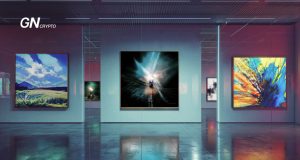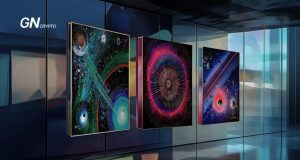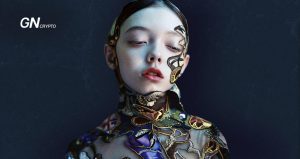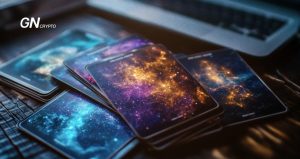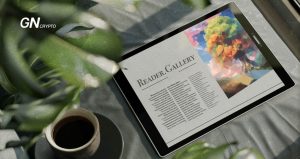Kjetil Golid: A Bright Star in Generative Art
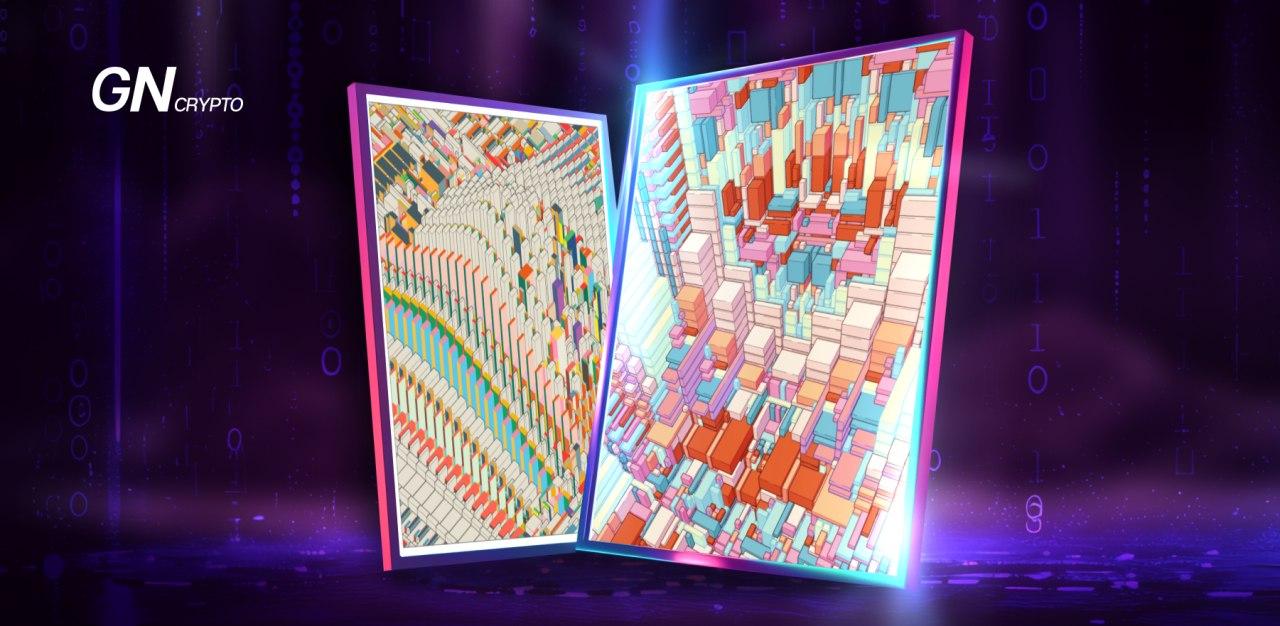
Interested in generative art and bright, saturated colors? Let us introduce you to Kjetil Golid, a Norwegian artist and programmer who crafts NFTs with the help of algorithms.
On this page
The artist has always been interested in design, illustration, and comic book collecting. Kjetil's true foray into art started at university when he learned programming, opening up new avenues for experimenting with algorithm visualization. Golid earned two bachelor's degrees, one in graphic design and the other in cognitive sciences, as well as a master's degree in computer science, including a thesis on the topic.
When he grasped the exciting visual possibilities that came from modifying algorithms (like adding new variables), he significantly broadened his creative scope. The revelation has fully immersed him in the world of generative art. The artist primarily uses JavaScript and the p5.js library in his work, and he reviews the final renderings in a standard browser.
Decision Matrix Collection. Source: Official OpenSea website.
Ketil clarifies that his goal isn't to “code for a particular image.” Rather, he begins by programming the structure of an idea, observes the outcome, and then experiments with the parameters, delving into each detail of the code. He used to focus on a large number of variables, but his current method involves complex algorithms with minimal input data.
Golids's artworks often feature variations of geometric shapes such as rectangles, circles, and squares. On first inspection, some elements, their placement, or their style might seem random, but each variable adheres to strictly defined rules. The artist shuns arbitrariness in his algorithms, especially regarding the multicolored palettes that are typical of his pieces.
Ketil handpicks each color, considering all potential combinations, which is very time-intensive. To simplify this process, he created a personal palette library called Chromotome. The artist believes that random or automatic color combinations can undermine the essence of a generative project, so he always strives to balance visual appeal with structural coherence.
In my work, I strive to strike a balance between simplicity and complexity. I hope that my work will resonate with collectors and that they will find something unexpected and engaging in each piece when they mint it IRL,
Ketil explained.
To the Norwegian artist, programming is simply a tool for creative self-expression. This is why the open source code for most of his original algorithms is made available on Github. Anyone can view, examine, or adapt the programs to suit their own ideas. Ketil's algorithms are also available on his official website, and no specialized knowledge is needed to test them.
The artist was introduced to non-fungible tokens in 2018, during the early days of the trend. Upon learning about Ethereum and NFTs, he listed his art on the Know Origin NFT marketplace, where he made his first ETH.
Archetype, Kjetil's most famous NFT collection, was showcased on ArtBlocks, a platform focusing on generative digital series. He crafted it using an algorithm that diversifies the division of rectangles, integrating constraints and “noises” for more captivating outcomes. Repeated patterns were one of the defining elements.
Archetype Collection. Source: Official OpenSea website.
With 600 unique NFTs on the Ethereum blockchain, it features diverse traits like palette, coloring format, scene angle, and other specifics. The series has generated an impressive sales volume of over 13,500 ETH (about $44 million at current prices). As of now, the floor price for an Archetype NFT is 2.69 ETH ($9,200), with a 7.5% artist royalty.Though collections like Paper Armada and Decision Matrix by the artist have drawn community attention and shown performance, they have not reached the popularity that Archetype has achieved.
Kjetil jests that his finest work is always his most recent, but he wishes for people to admire his creations for more than just the programming approach.
With his extensive experience in the NFT realm, Kjetil encourages the decentralized community and artists to produce top-notch content to draw in prominent collectors and capture public interest. He also calls on professional art critics to spend more time on NFT art, as this will not only boost the technology's popularity but also eliminate the gambling aspect from the industry and bring a genuine artistic feel.
The content on The Coinomist is for informational purposes only and should not be interpreted as financial advice. While we strive to provide accurate and up-to-date information, we do not guarantee the accuracy, completeness, or reliability of any content. Neither we accept liability for any errors or omissions in the information provided or for any financial losses incurred as a result of relying on this information. Actions based on this content are at your own risk. Always do your own research and consult a professional. See our Terms, Privacy Policy, and Disclaimers for more details.



